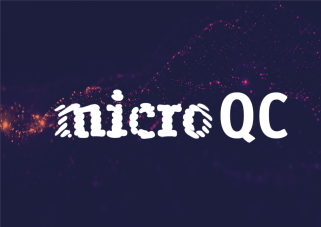
Sensing and Metrology
PROMISE - Prototypes of Magnetic Imaging Systems for Europe
Objective
PROMISE is a consortium focused on advancing the application of nitrogen-vacancy (NV) centres in diamond quantum technology for imaging. Its objective is to guide the development and utilisation of this mature and promising quantum technology, recognised for its ease of operation.
The consortium is driving NV-based quantum imaging sensors to the next stage of development by constructing widefield magnetometer prototypes capable of measuring relevant samples in operational environments (TRL7) to facilitate market adoption. The PROMISE widefield NV magnetometer offers superior imaging capabilities compared to other technologies by generating magnetic field maps without the need for scanning. This results in significantly faster acquisition times – orders of magnitude quicker than scanning protocols – a wider field of view, and enhanced sensitivity. The increased speed in data acquisition is a key factor in expanding the technology’s applicability across a wide range of new use cases.
PROMISE is committed to fostering the market adoption of NV-based prototypes by engaging key stakeholders across the entire value chain. A unified, compact, affordable, and energy-efficient benchtop prototype is being designed and developed without compromising performance or functionality. Additionally, machine learning software is being integrated to streamline both data acquisition and analysis, ensuring accessibility for non-quantum experts and paving the way for automated inspection processes. The consortium also brings expertise in standardisation, contributing to the development of industry-wide designs and methodologies.
During the project, four use cases will validate the prototypes, with applications in the semiconductor industry, material science, aerospace, and biotechnology. Industry, in general, will benefit from a tool that enhances device performance, materials, and production processes while providing deeper insights into atomic-level mechanisms. Furthermore, the technology will enable real-time monitoring of events and dynamics, leading to more accurate predictions and solutions to pressing challenges in various fields.



